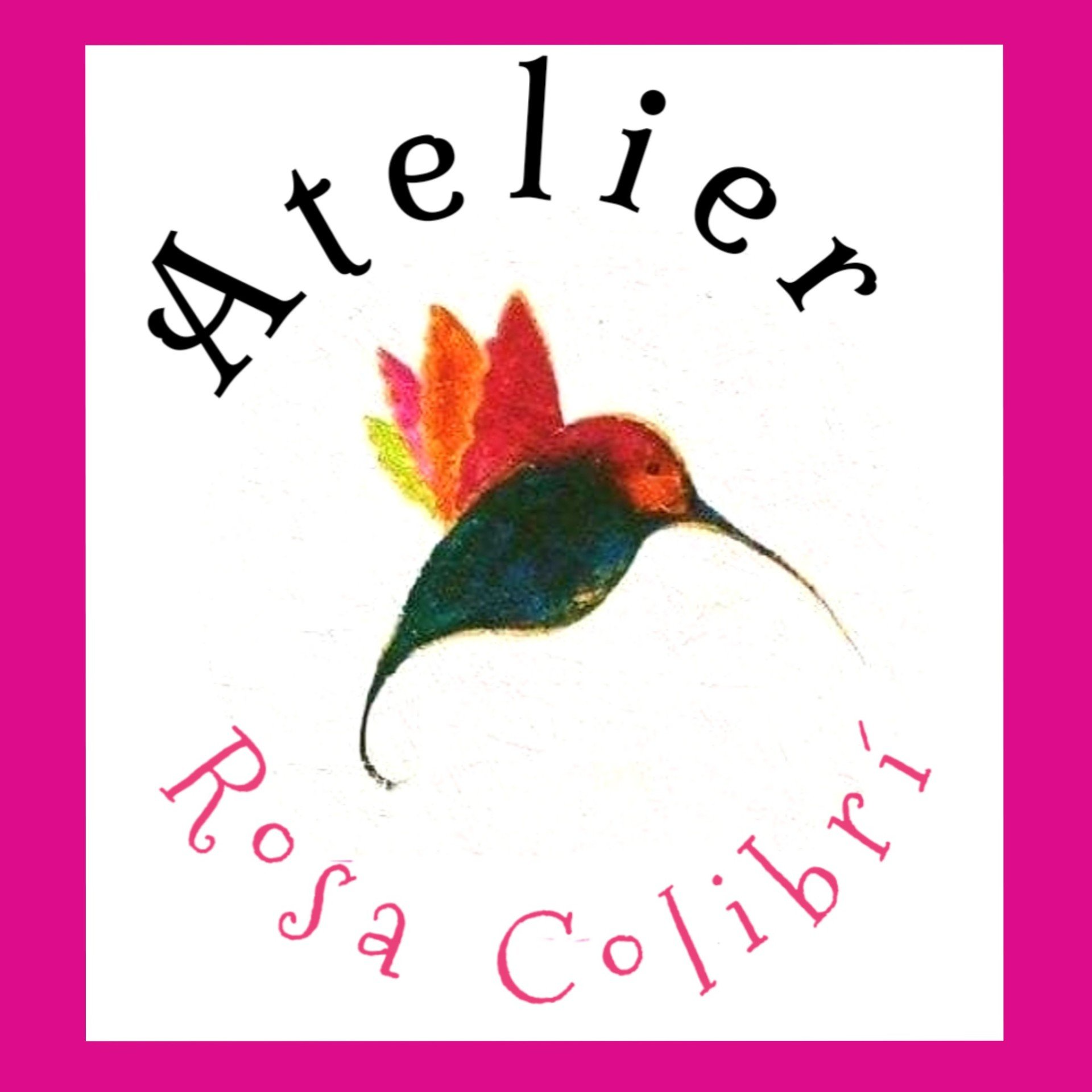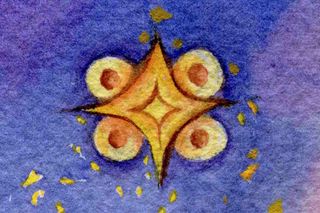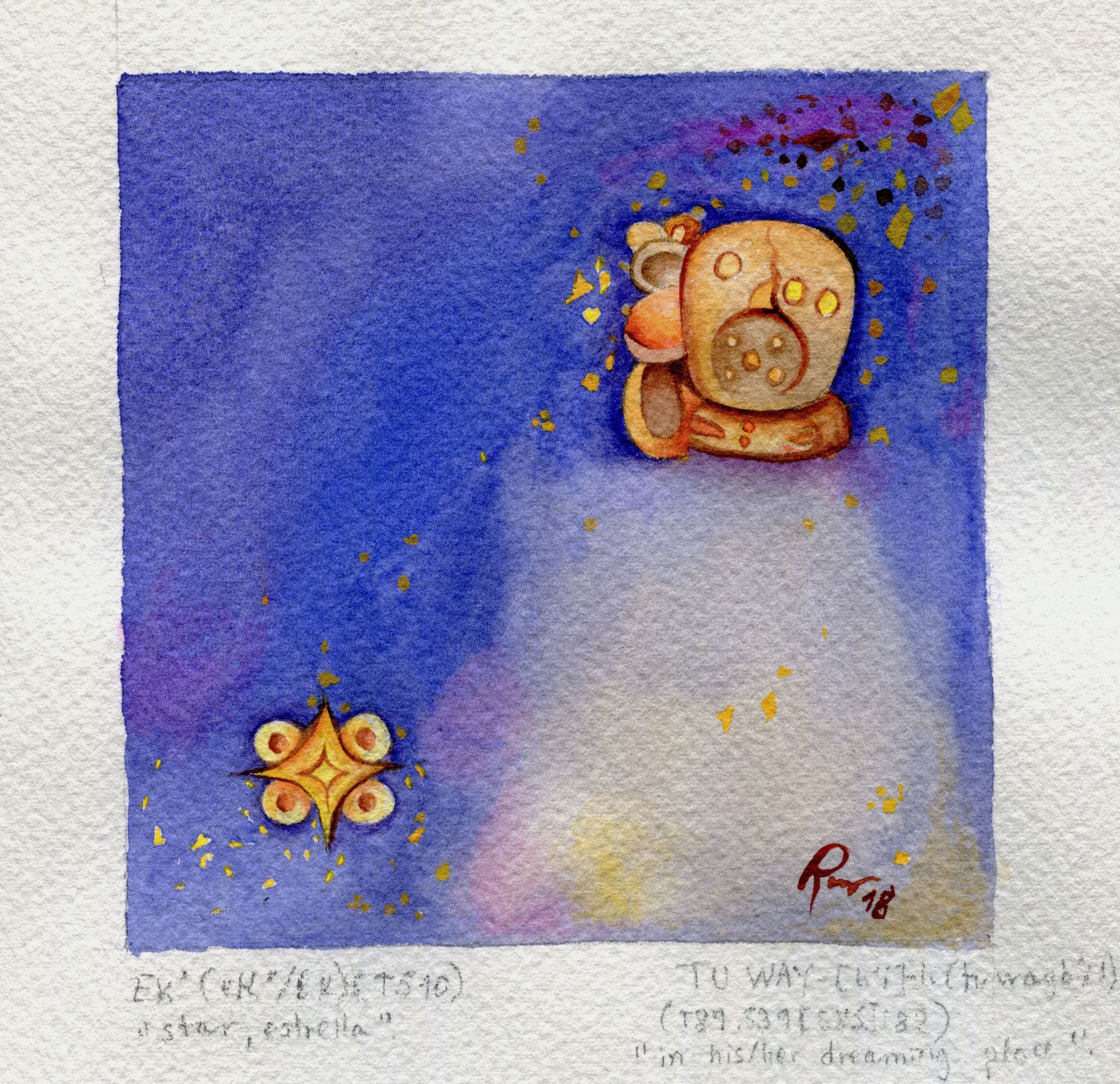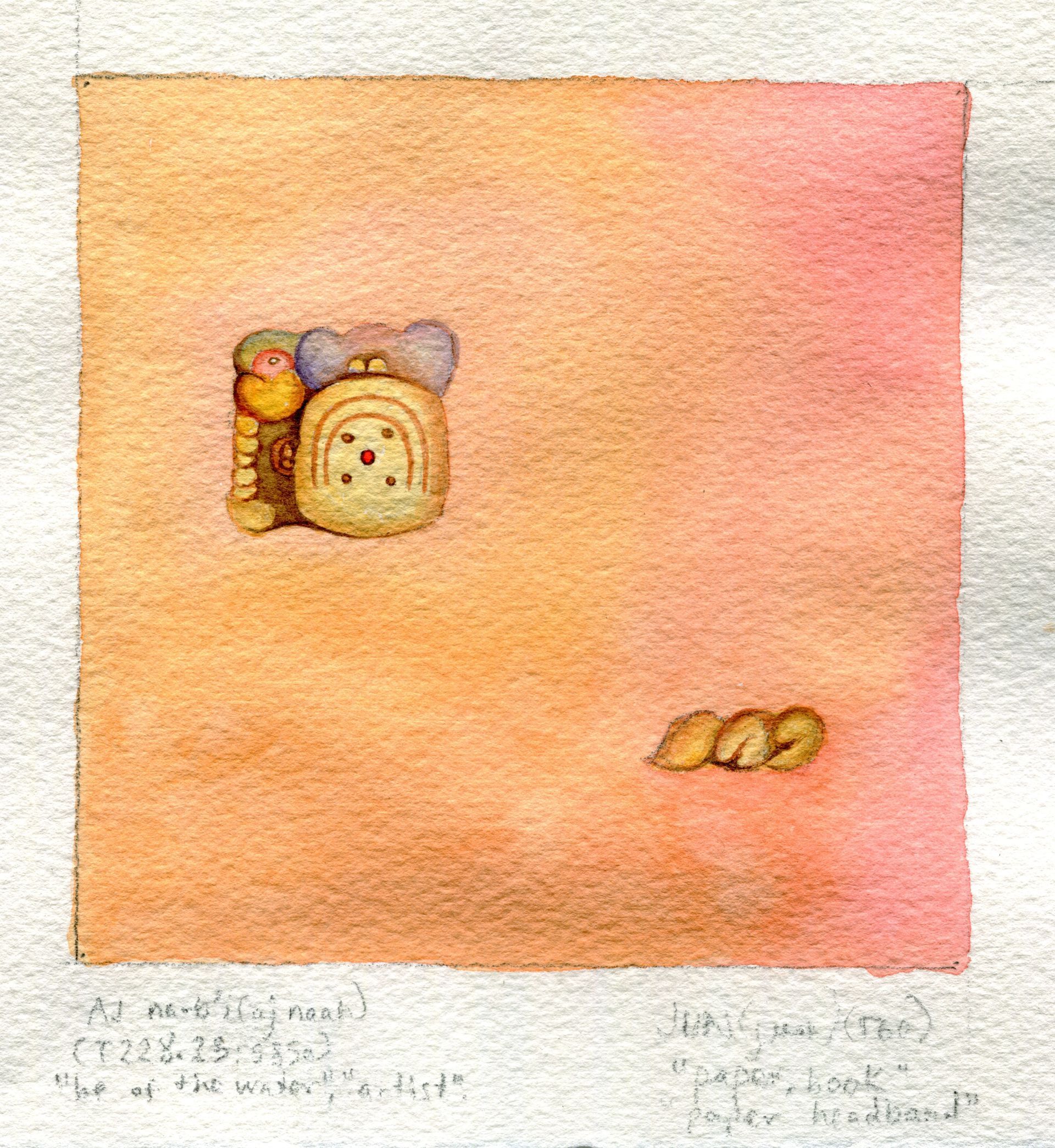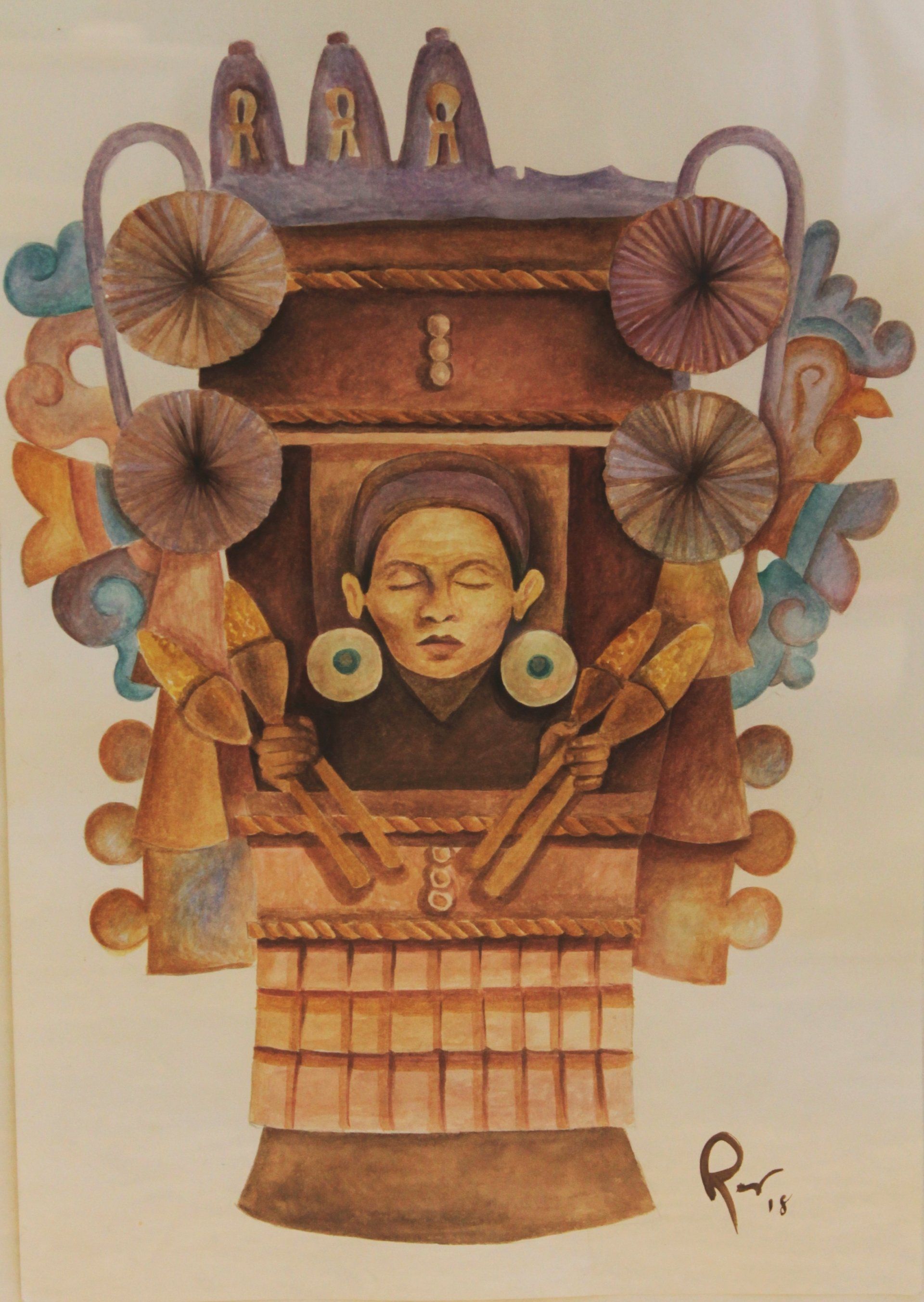
Mexican art history
overview
introduction
Olmec, Teotihuacanos, Toltec, Aztecs, Mayans and the culture of Mexico after the Spanish conquest
For an overview of Mexican art history, visit the Atelier Rosa Colibri.
Ancient Mexican art is brought back to life with modern stylistic devices.
Motivation
Gabriela Rosas has always felt a fascination for pre-Columbian cultures (cultures in Mexico before the Spanish conquest) and has grown up in the tension of mixing cultures in today's Mexico City.
Europeans are not usually so familiar with the art history of Mexico as Egyptian, Greek and Roman history make up our classics. Research on pre-Columbian history has made tremendous progress in recent decades and new insights are gained.
An occasion for Gabriela Rosas, historically informed and anthropically trained to convey these epochs.
the Olmecs
Eastern and Central Mexico
1500-400 BC
People who had their sphere of influence from Guerero to the Gulf of Mexico (Veracruz, Tabasco).
Famous are the big head statues.
Often referred to as the first high culture of America
People who had their sphere of influence from Guerero to the Gulf of Mexico (Veracruz, Tabasco).
Famous are the big head statues.
Often referred to as the first high culture of America
Beginnings of writing, calendar calculation ...
Culture of
Teotihuacan
Central Mexico
Teotihuacan was a large city with about 200,000 inhabitants in the north of Mexico City.
100- 650 after Christ
Teotihuacan was a large city with about 200,000 inhabitants in the north of Mexico City.
The city was abandoned - little is known about the population.
Mayas
Southern Mexico, Yucatan, Belize, Guatemala
3000 BC - today
Considered as a separate culture, better explored by their characters.
Tolteken
Large areas of central Mexico
800 -1200 after Christ
People who were known for their craftsmanship and settled after the demise of Teotihuacan the central Mexico.
Capital: Tollán Xicocotitlán (Tula, Mexico)
800 -1200 after Christ
People who were known for their craftsmanship and settled after the demise of Teotihuacan the central Mexico.
Capital: Tollán Xicocotitlán (Tula, Mexico)
Toltec art influenced the art of the Chichimecs and the Mayans
Aztecs
Central Mexico
1200-1521 after Christ
People who conquered many neighboring peoples and thus created a large empire. Capital was Tenochtitlan (Mexico City)
The Aztecs were subjugated in 1521 by the Spaniards with the help of oppressed neighboring peoples. In addition, a typhoid epidemic (imported from Europe), which killed 80% of the population of the multi-million state, raged.
1200-1521 after Christ
People who conquered many neighboring peoples and thus created a large empire. Capital was Tenochtitlan (Mexico City)
The Aztecs were subjugated in 1521 by the Spaniards with the help of oppressed neighboring peoples. In addition, a typhoid epidemic (imported from Europe), which killed 80% of the population of the multi-million state, raged.
Many testimonies of the Aztec culture were destroyed afterwards.
Epoch of the viceroyalty
Mexico, Belize, Guatemala, El Salvador, Honduras, Nicaragua, Costa Rica, Venezuela, Caribbean Islands, Philippines, Mariana Islands, Karolinen, North Borneo. In the 17th and 18th centuries, the present US states California, Arizona, New Mexico, Texas, Nevada, Colorado, Utah and the southwest of Wyoming.
1535-1821 after Christ
After the conquest by the Spaniards, the viceroyalty of New Spain was created with the capital Mexico City.
The art developed as a mixture of European and Central American styles with Spanish dominance.


